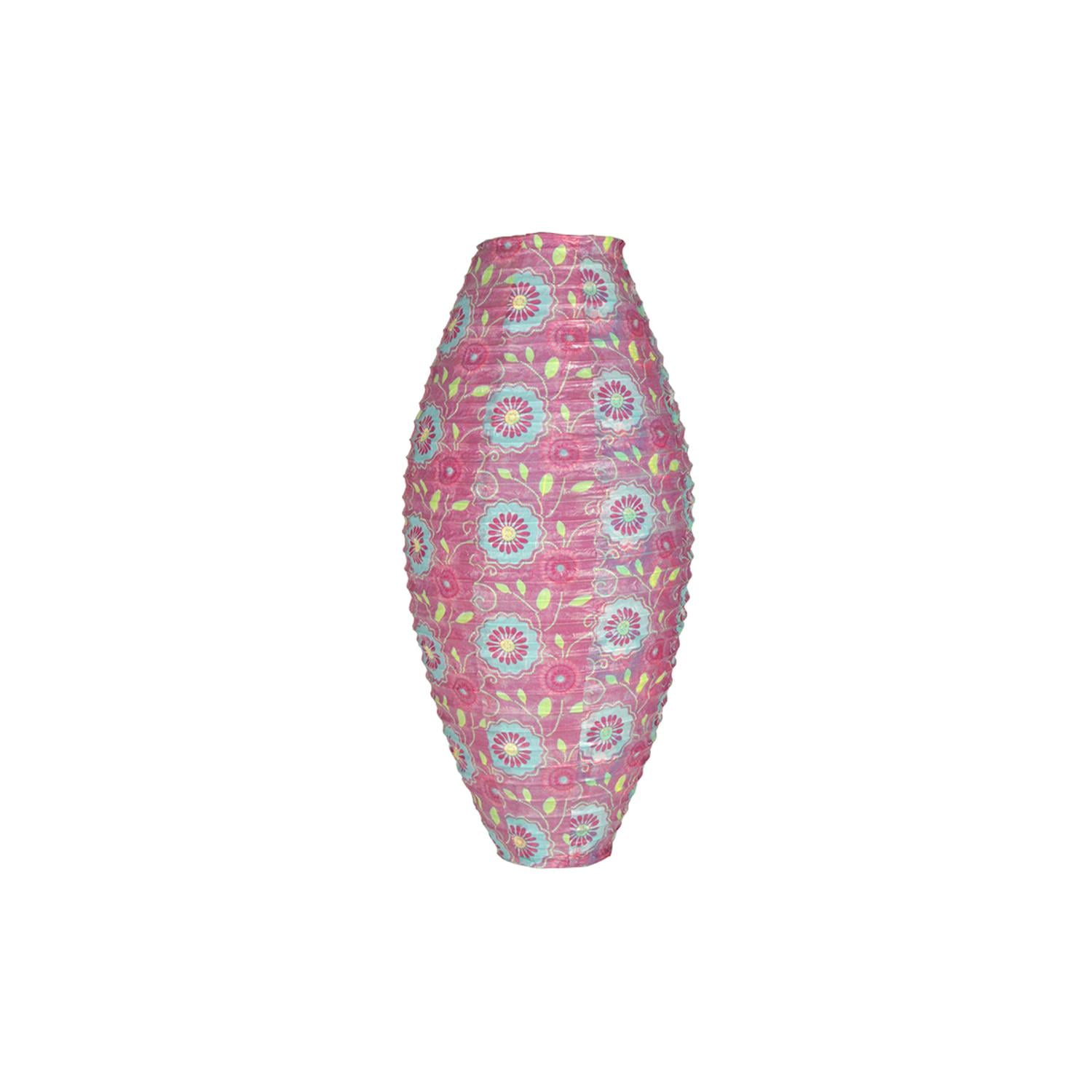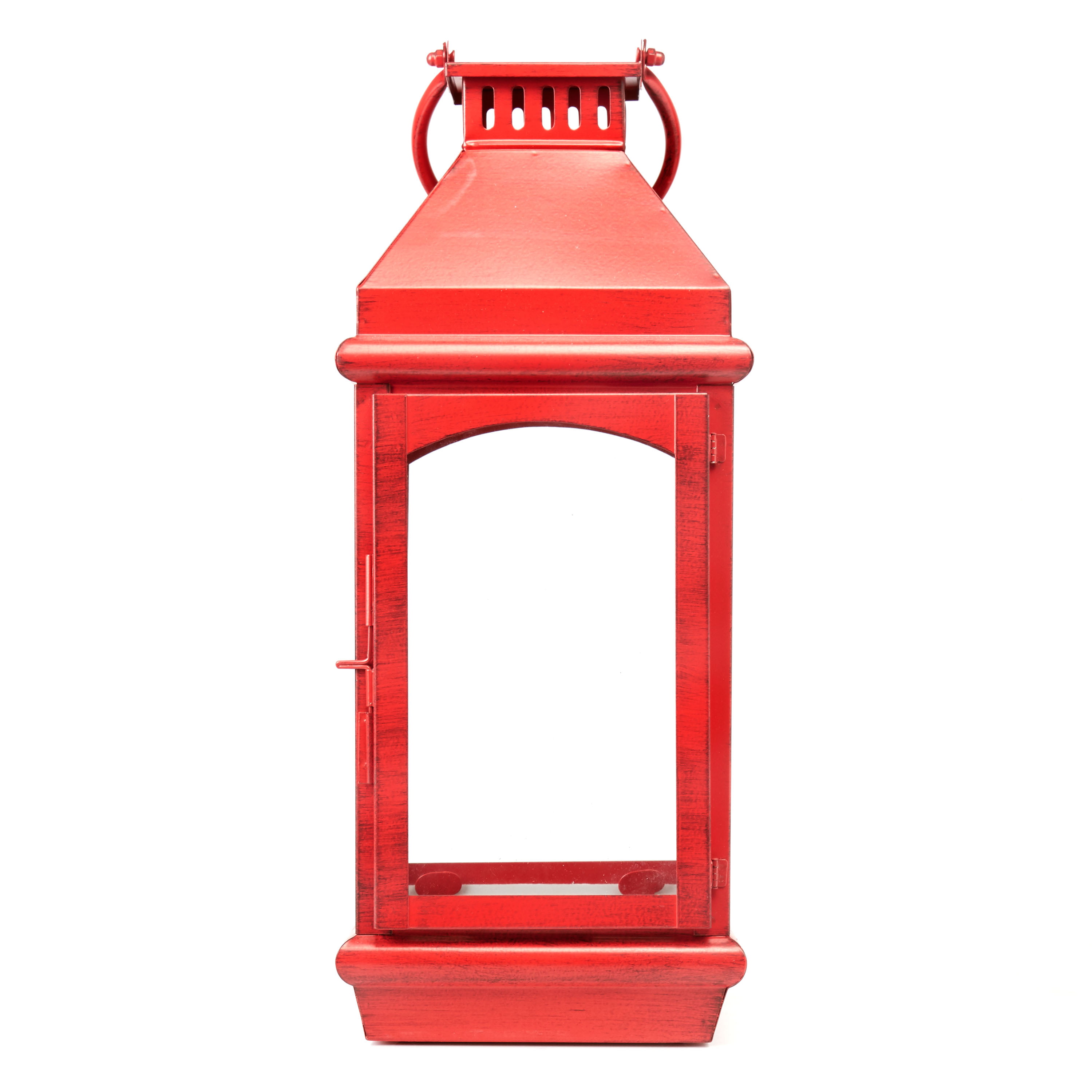
That’s why later they were also available on the market, and thus exerted influence on the design of civilian lamps. Even after the establishment of the section, many imperial lanterns were still outsourced from private manufacturers. At the end of every year, the Qing ruler handed out awards to his officials, among which was also the Palace Lantern.īefore the Imperial Household Department set up the lantern section, lanterns used in the Forbidden City were purchased on the market or from regional governments as tributes. During the Qing Dynasty the Imperial Household Department, which served the personal needs of the monarch, ran a special section for making and repairing lanterns. After Ming Emperor Zhu Di moved the capital city to Beijing, he mobilized craftspersons from all over the country to make lanterns for his residence, many of which were wood-framed and of various designs. They were therefore meticulously manufactured and lavishly adorned to showcase the magnificence and extravagance of the royal lifestyle.


The lanterns for the use of the royal family were not only used for lighting, but also as interior decorations. The lantern making craftsmanship reached its pinnacle in the Ming (1368-1644) and Qing (1644-1911) dynasties. This day, also known as the Yuanxiao Festival, is therefore called the Lantern Festival. On the 15th day of the first lunar month every year, after having yuanxiao (dumplings made of glutinous rice and sweet stuffing), people flocked to lantern shows in the town. By the time of the Sui (581-618) and Tang (618-907) dynasties, the royal tradition of watching lanterns had been shared by the public. It’s said that after unifying the country, Eastern Han Emperor Liu Xiu held a grand celebration in his palace in the capital city Luo-yang, lighting it up with rows upon rows of lanterns.

Back in 1915, a Beijing-styled Palace Lantern won a gold medal at the Panama Pacific International Exposition.Īccording to historical records, the Palace Lantern first appeared in the early years of the Eastern Han Dynasty (25-220). It is an emblematic decoration on traditional architecture and an important element of Chinese decoration art as well a token of the Chinese culture. It was widely loved by the populace after relocation from the confines of the emperor’s residence and made accessible to the public.Ī perfect marriage between lighting and art, the Chinese lantern has both highly practical and aesthetic values. THE Palace Lantern, as its name indicates, originated in the imperial palace.


 0 kommentar(er)
0 kommentar(er)
